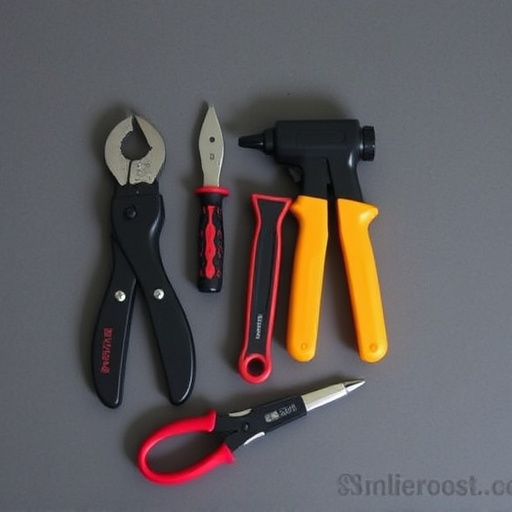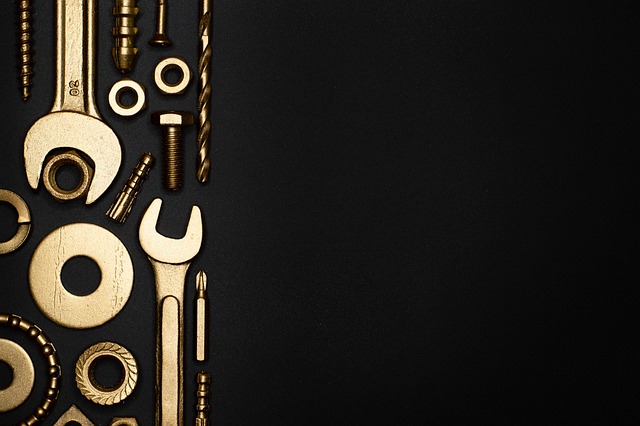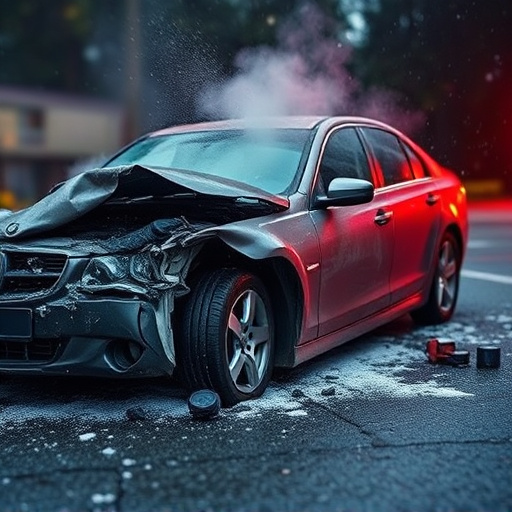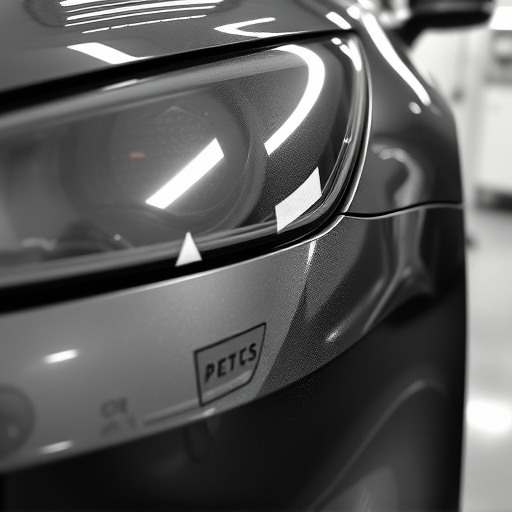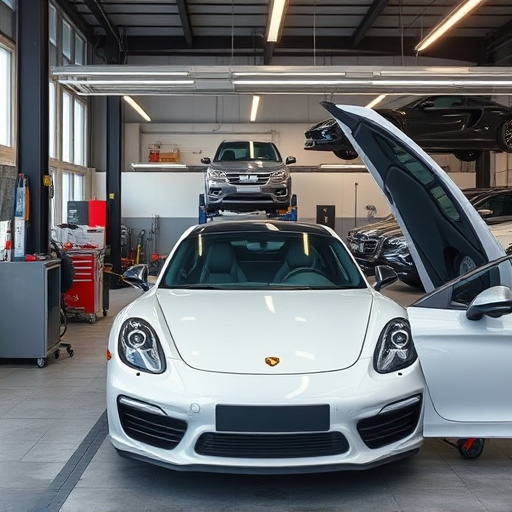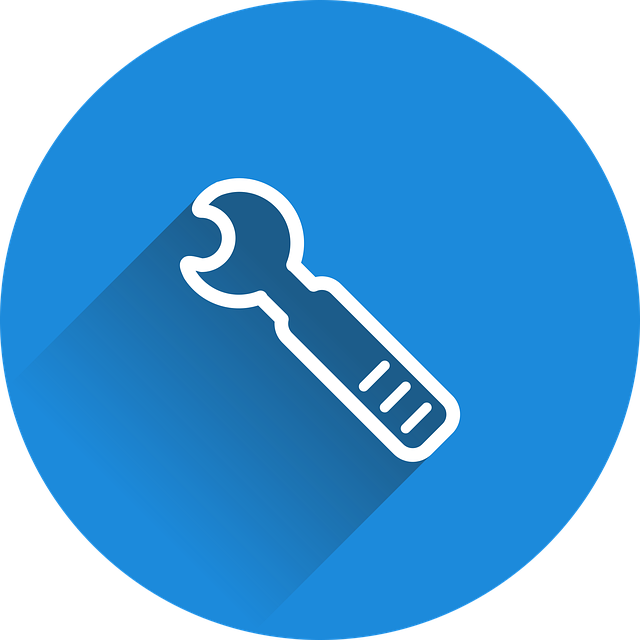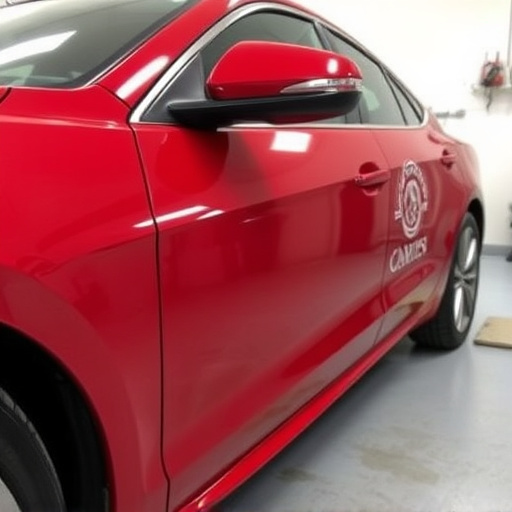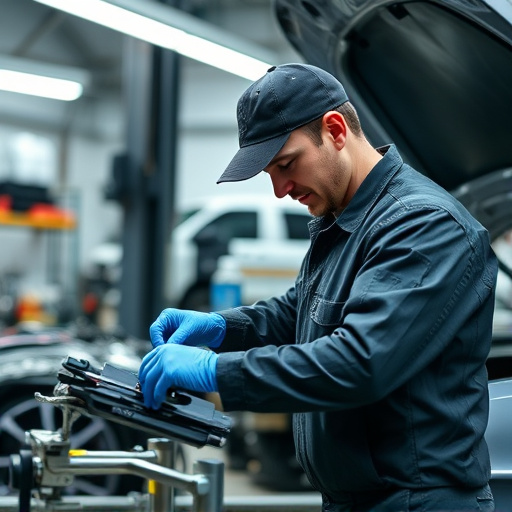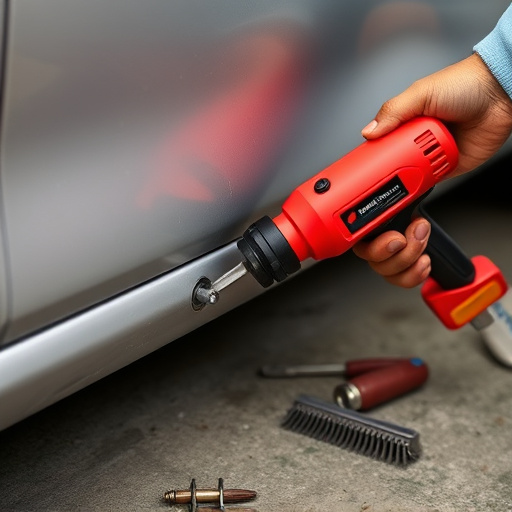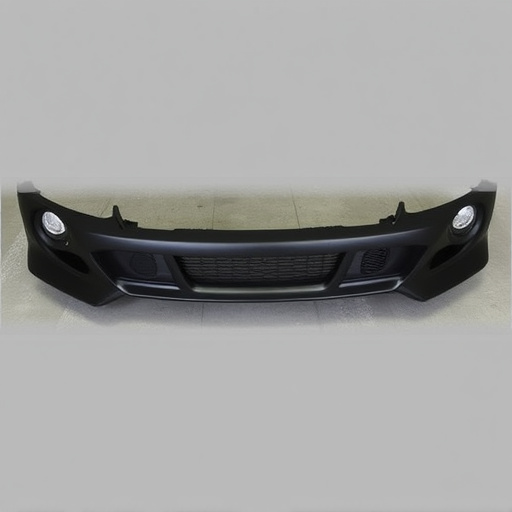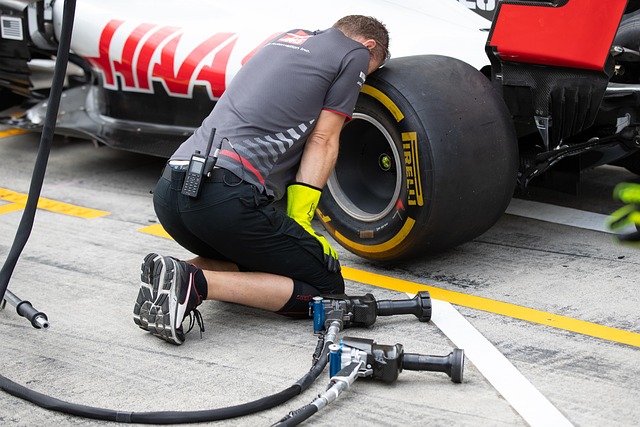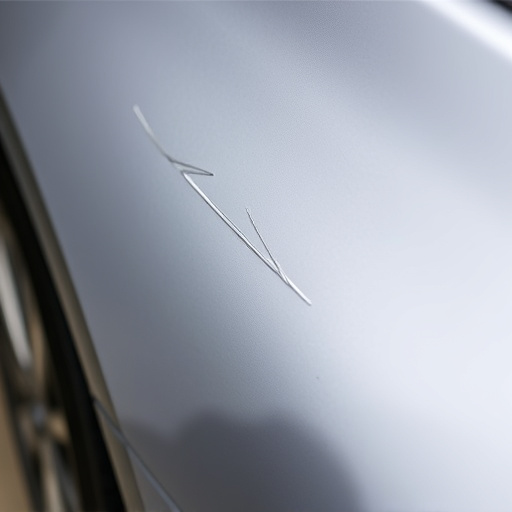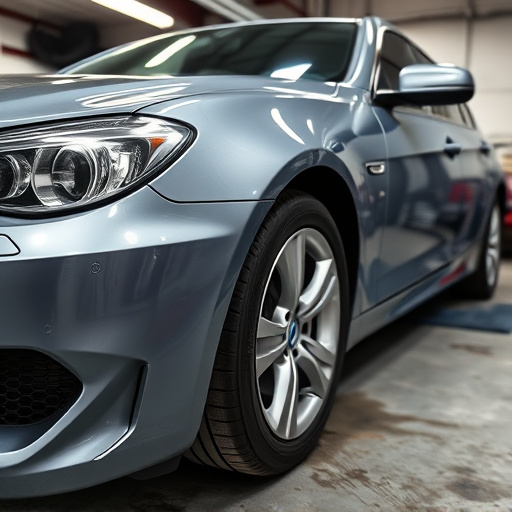Community collision repair shops offer a holistic approach, combining meticulous assessments, advanced tools like robotic welding and PDR technology for diverse damage, and post-repair community engagement through events and workshops. This comprehensive service ensures vehicle restoration to pre-accident condition while fostering neighborhood connections and proactive vehicle care.
Community collision repair shops are more than just places for vehicle fixes; they’re hubs that assess, restore, and reconnect. This article delves into the multifaceted process these shops undertake to handle all damage, from assessing comprehensive types of damage to employing specialized tools and techniques. Furthermore, it highlights their crucial role in restoring community connections post-repair, showcasing how they contribute beyond mere mechanical expertise.
- Assessing Comprehensive Damage Types
- Specialized Tools and Techniques Employed
- Restoring Community Connections Post-Repair
Assessing Comprehensive Damage Types
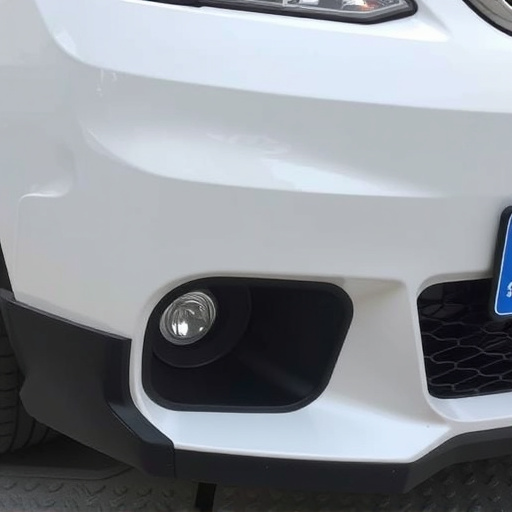
When a community collision repair shop receives a damaged vehicle, their experts begin by meticulously assessing the scope of the damage. This involves a comprehensive review of various components, including the vehicle’s structure, exterior panels, and interior systems. By categorizing the damage types—be it dents, crumple zones, or more intricate structural issues—the skilled technicians can devise an effective repair strategy.
The process includes identifying both visible and hidden damage, such as crushed frames or compromised safety features. With advanced tools and diagnostic equipment, auto body shops accurately determine which components require replacement or specialized vehicle body repair techniques to ensure the vehicle’s safety and structural integrity. This thorough assessment is a cornerstone of their service, setting community collision repair shops apart in the automotive industry.
Specialized Tools and Techniques Employed

Community collision repair shops are equipped with a diverse range of specialized tools and techniques to handle all types of damage. These include advanced equipment for car body shop repairs, such as robotic welding machines that ensure precise and accurate repairs, minimizing the need for costly metal fabrication. For minor cosmetic issues like car scratch repair, they employ innovative technologies like paintless dent repair (PDR), which involves using specialized tools to press out dents without damaging the surrounding paintwork.
In addition to these, community collision repair professionals are trained in a variety of techniques tailored to different types of damage. From complex structural repairs that require meticulous alignment and replacement parts, to simple yet effective car scratch repair solutions, these shops offer comprehensive services that cater to both minor and major incidents. Their expertise ensures that each car is restored to its pre-accident condition, satisfying customers at every turn.
Restoring Community Connections Post-Repair
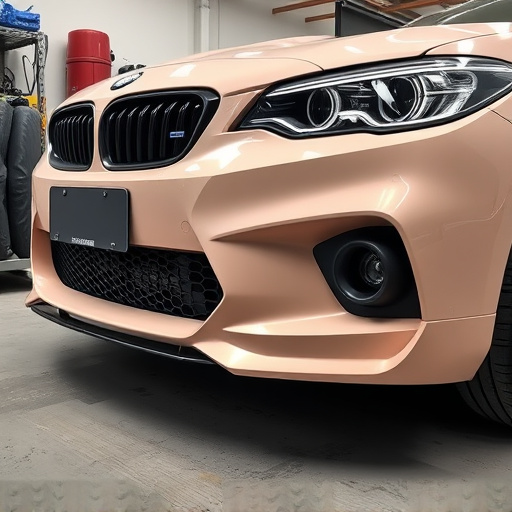
After a community collision repair shop completes the necessary car body restoration and autobody repairs, the process doesn’t simply end there. Restoring community connections becomes an integral part of their service, fostering a sense of unity and support within the neighborhood. These shops often serve as more than just business; they become gathering places where residents can chat, share stories, and rebuild relationships disrupted by the accident.
Through hosting community events, offering free workshops on basic vehicle maintenance, or simply providing a friendly space for people to unwind, collision repair shops foster an environment of healing and collaboration. This approach not only strengthens the sense of community but also encourages proactive safety measures, like regular vehicle dent repair sessions, to keep cars in top condition and prevent future incidents.
Community collision repair shops go beyond fixing vehicles by rebuilding relationships. By assessing comprehensive damage types, employing specialized tools and techniques, and fostering post-repair connections, these shops demonstrate their commitment to serving as a stable pillar within their communities. Their expertise and focus on customer care create a seamless experience, ensuring that residents can rely on them not just for vehicle restoration, but also for the preservation of community spirit.
